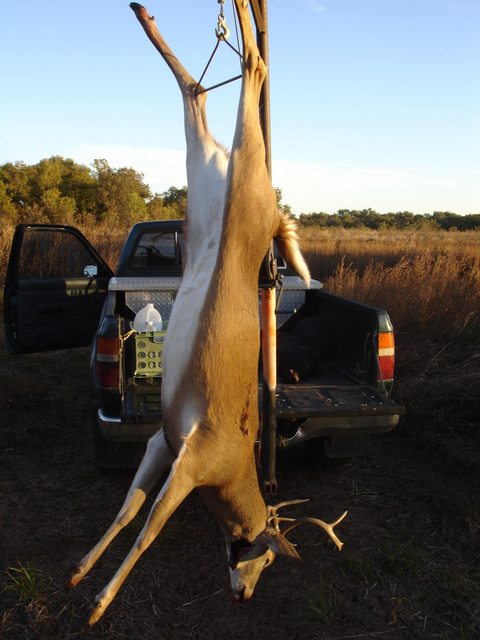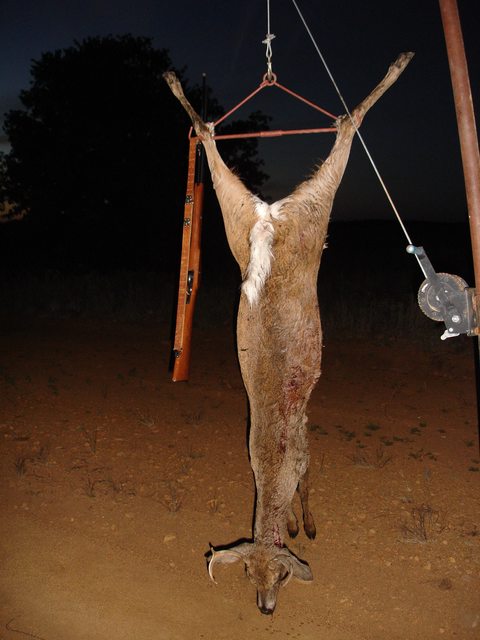I would start with the premise that there is no substitute for shot placement. I very much prefer total penetration.....two holes. Each animal can react differently to a well placed, fatal shot. Two holes will provide a better blood trail if needed, and can allow disabling air to enter the body cavity...should the animal “run” at the shot. IMO, deer are rarely killed by “hydrostatic shock” with typical muzzle loader loads. Bone(and fragment projectiles) and tissue damage is what kills. Generally, the larger, heavier, and faster the ball at point of impact, the more damage. I have had cases when a close range 45 cal ball driven at high velocity(+2000FPS) expanded to the point where it came apart, and didn’t fully penetrate....but did inflict major internal damage. Regardless of the initial muzzle velocity, the roundball sheds velocity very quickly. Smaller, lighter round balls due to the lighter weight and lower ballistic coefficient will shed velocity faster then a larger heavier ball. Initial velocity differences between smaller and larger round balls of 300-400FPS will be within 100-200 FPS of each other by the time they reach 100 yards. In this case, the larger and heavier ball can inflict more damage with the same shot. I personally prefer to use Taylor’s Knock-Out formula to determine point of impact energy comparisons over the conventional formula used to calculate energy at the target. While this formal was originally designed by a John Taylor for the specific purpose of knocking an elephant out with a head shot using solids, IMO, it give a better reflection of killing power using round balls/conicals since the formula places “greater” emphasis on the diameter and weight of the bullet, and less on velocity. I think that this premise is relevant when using round balls and conicals on larger game. While this is surely not a scientific study, it has better correlated with my experience on game over the past few decades. I’m mostly concerned with the TKO value at the distance game which is taken as opposed to the muzzle. I have found a minimum value of “10” to be my preference on whitetails and similar sized game. The formula is a follows:
[(diameter/inches) x (weight/grains) x (velocity/FPS)] / 7000(constant)= TKO Value
Example for my 50 cal at 100 yards. [.490” x 178 grains x 1025FPS] / 7000 = 12.8 TKO@ 100 yards
Shown a few of my rifles comparing the conventional formula of energy with the TKO formula at the muzzle and 100 yards.

[(diameter/inches) x (weight/grains) x (velocity/FPS)] / 7000(constant)= TKO Value
Example for my 50 cal at 100 yards. [.490” x 178 grains x 1025FPS] / 7000 = 12.8 TKO@ 100 yards
Shown a few of my rifles comparing the conventional formula of energy with the TKO formula at the muzzle and 100 yards.










